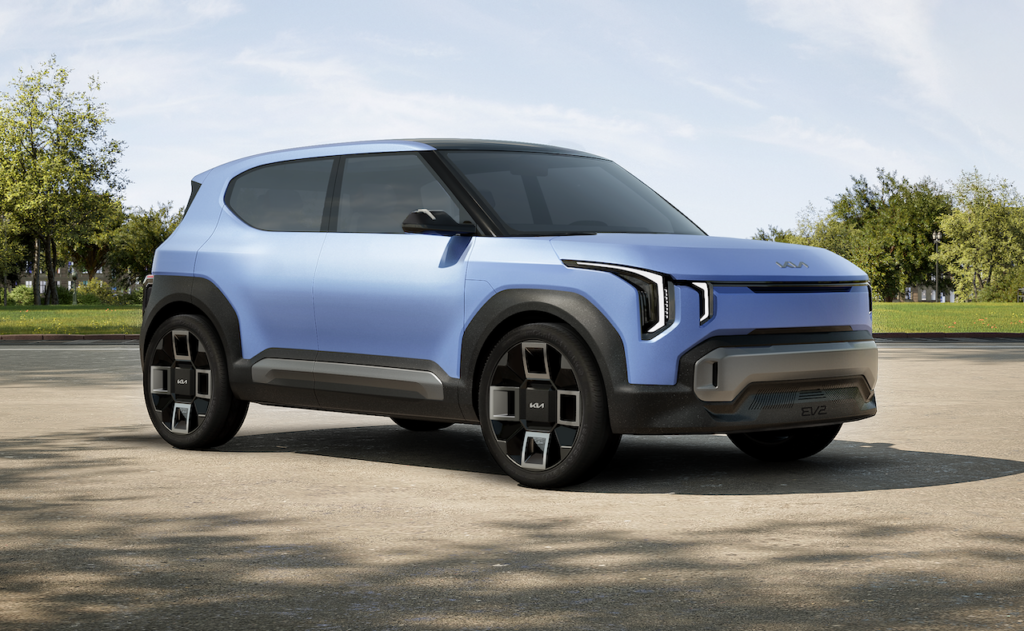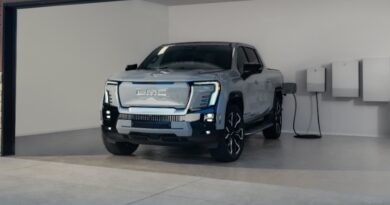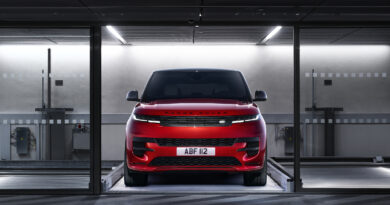Kia EV2 and EV1 on the local agenda: Cheaper BEVs headed to Australia to help Kia fight aggressive Chinese on price and sales
The pint-sized Kia EV2 and EV1 battery electric vehicles are officially on the agenda for Australia.
The two future EVs were previously thought to be off limits because of their expensive European production source.
But Kia Australia CEO Damien Meredith has scotched that, insisting the local business is fully committed to the Korean auto giant’s Plan S transition to electro-mobility.
READ MORE: Kia doubles up on EV4! Hatchback set to join sedan in Australia to battle Tesla Model 3. But Kia EV6 range to be reduced
READ MORE: 2025 Kia EV3 Long Range GT-Line Seven-Day Test: Korea serves up a lesson in small SUV desirability
READ MORE: Look out Toyota HiAce! Kia PV5 electric van business case looking “positive” for Australia
“For us to be fully committed to plan S we need those models [EV2, EV1] coming through,” said Meredith.
“Nothing’s off the table … If EV1 comes to fruition, definitely it’s on the table.”

Expanding its BEV line-up is also in-line with Kia’s local ambition to go toe-to-toe with the aggressive Chinese brads on price and sales.
“Legacy brands have got [a choice in Autstralia],” said Meredith. “They can shrink, you can go in the corner and suck your thumb, or you can keep on looking at what we’re going to do and continue to grow the brand in Australia.”
Kia Australia is aiming for a record 11,000 EV sales in 2025 as part of a record 90,000 overall sales target.
The EV2 is a little brother to the EV3 electric SUV that could potentially open up sub-$40,000 BEV pricing for Kia.
Essentially an EV equivalent to Kia Stonic, it is expected to adopt the same 400V electric architecture and front-wheel drive powertrain as the EV3 and some EV5 models.
So far shown as a concept, it is due to start production in Zilina, Slovakia in 2026.
The EV1, which will be an electric hatch the size of the Kia Picanto mini-car, isn’t due for production until 2028 or 2029. It will also be manufactured in Slovakia.
In current-day money, it’s potentially a sub-$30,000 prospect, putting Kia into play against the cheapest Chinese rivals on price.

Because Slovakia is land-locked extra production costs are incurred shipping cars built there to a port for freighting to Australia.
While that is an impediment, EVs are exempt from the five per cent import tariff that applies to orthodox ICE vehicles built in Europe.
That helps rebalance the books somewhat.
Kia has already committed to taking the EV4 hatchback from Slovakia. It will join the Korean-built sedan version of the Tesla Model 3 fighter on-ale in Australia in early 2026.
That will result in a rejigging of the award-winning EV6 range locally.
Kia is by far the most committed of the non-luxury legacy auto brands to EVs in Australia, sitting behind only Tesla and BYD in terms of sales.
Its EV commitment and performance is in sharp contrast to its stablemate Hyundai, which new CEO Don Romano has lambasted as doing “a terrible job” with EVs in Australia.
Meredith isn’t reporting the same problems.

“We’ve seen our [EV] sales continue, in percentage terms, to continue to grow.
“It’s for obvious reasons. We’ve got EV5, we’ve got EV3, we’re still selling quite a few EV6s, which is great, and EV9s, in ones twos.
“But the fact is that we’ve got those four BEVs now that are giving us quite massive sales that are helping our overall situation when it comes to NVES [CO2 reduction standard].
“So I think that we’re in good shape. The planning team are forever updating how we’re looking, how it’s going in regards to our sales and our [NVES] penalties, etcetera and we’re looking in good shape.”




